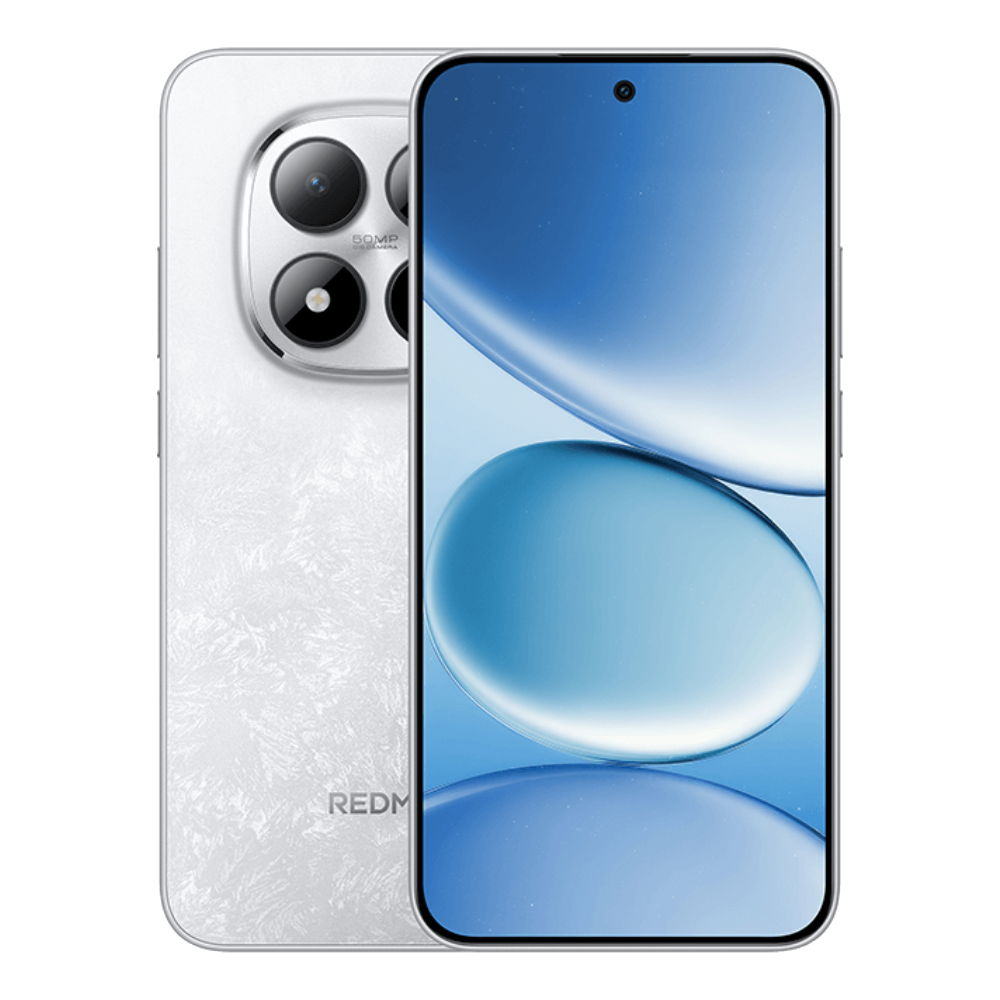The highly anticipated iPadOS 26 made its debut today at Apple's WWDC25 keynote. Consistent with iOS 26 and macOS 26, iPadOS 26 shifts to a year-based naming scheme and introduces the "Liquid Glass" design language to iPads as well. However, there's also a heavy focus on productivity and thoughtful AI integrations. With that said, here's a quick rundown of it all.
First up is the all-new Liquid Glass design sprinkle that is noticeable throughout the UI and the apps on iPadOS 26. It adds a glass-like translucent effect that adapts and changes based on the background and adds a layer of transparency for a "more expressive" and personal look. The apps also get this fresh coat of paint with a transparent tab bar for ease of navigation. Apart from the aesthetic refresh, there are quite a few functional updates too.
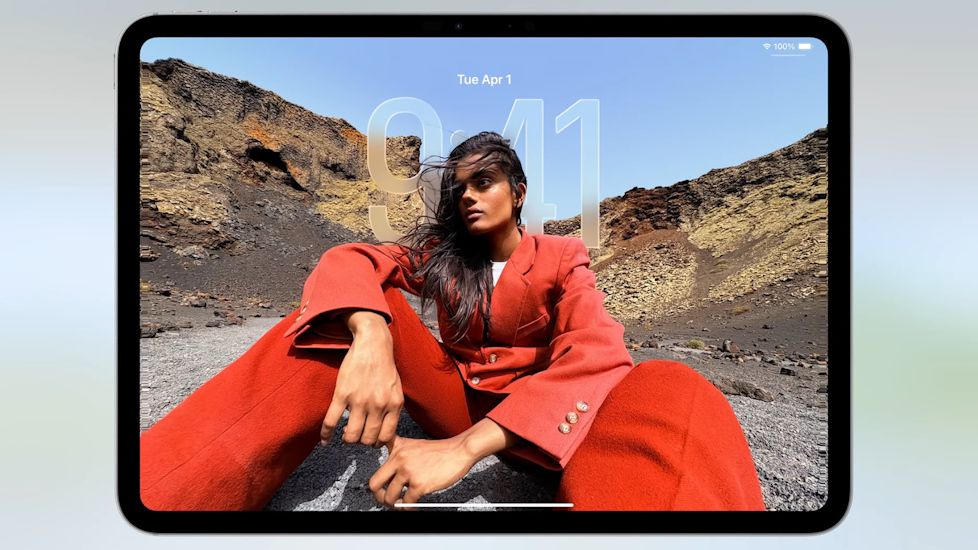
Taking multitasking seriously, iPadOS 26 has introduced a redesigned app windowing system as well. This new system will let users resize, minimise and tile apps if multiple apps are open at the same time. For those who have a little too much open on their iPad screen, this feature can come in very handy and help manage the clutter well.
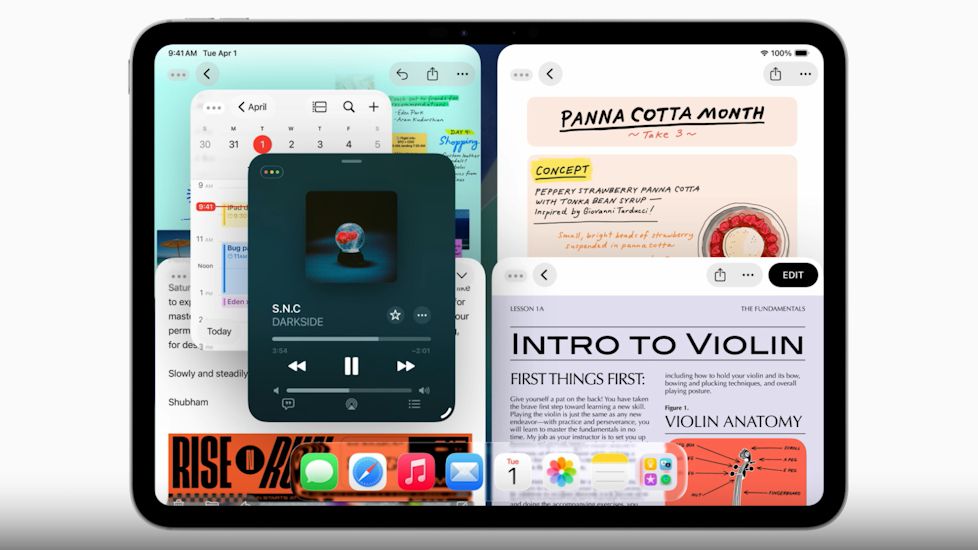
It also brings Exposé from macOS to iPadOS 26 to enable users to see all of their open windows spread out on a single screen. This, combined with Stage Manager, will let users segregate windows into different stages that can be split between the main and the externally connected display.
Another macOS feature making its way to iPadOS 26 is the menu bar. Users will be able to trigger the same with a simple swipe-down gesture or by taking the mouse pointer to the top. This will open a floating list of useful options that will offer "a specific feature or related tips in an app by using search." Additionally, developers will be able to customise the menu bar for their apps, accordingly.
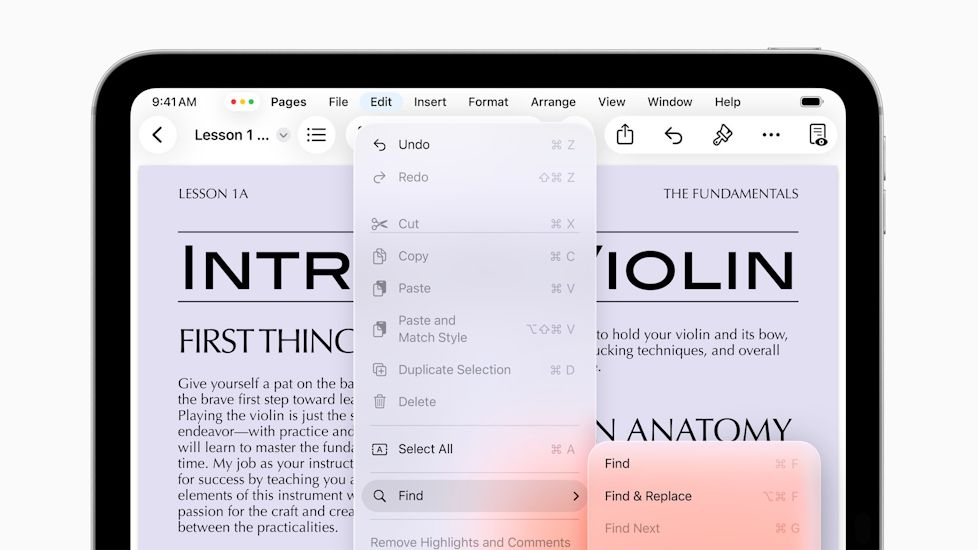
Background Tasks are also getting an update with iPadOS 26. Now, apps with long-running processes like exporting a big file will be able to run uninterrupted in the background while users switch between other activities. The progress of the long task will be displayed as a live activity.
The latest iPadOS 26 doesn't spare the Files app either, which now shows more files at once with additional information. Users will be able to drag any file to the Dock for ease of access. Additionally, individual folders can now be separated easily with custom colours, icons and emojis.
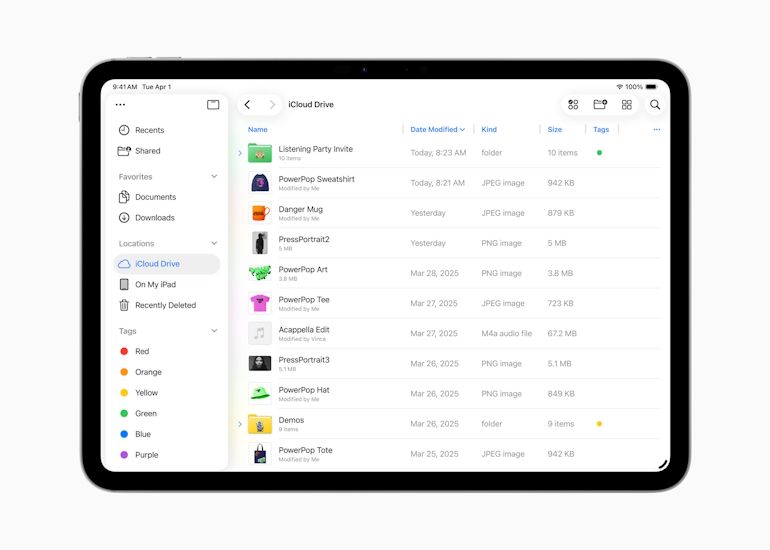
Apart from this, other noteworthy features include individual microphone selection for different apps and websites. Meanwhile, with local capture, users can record high-quality audio and video recordings with popular video conferencing apps. The feature is backed by voice isolation "which blocks ambient noise and allows clear and crisp recordings."
Amongst the plethora of productivity-focused features, Apple has also thrown in some Apple Intelligence features with iPadOS 26. For starters, there is Live Translation in Phone, FaceTime, and Messages now to bridge any communication gaps. Shortcuts has also been charged with Apple Intelligence, letting users summarise text or even create images with Image Playground. Users can take advantage of it to use Apple Intelligence models in tandem with Shortcuts and enhance their productivity.
Apple states, "For example, a student can build a shortcut that uses Apple Intelligence models to compare an audio transcription of a class lecture to the notes they took, and add any key points they may have missed."
With that being said, iPadOS 26 is now available to download as a Developer Beta starting today and will see public release starting July 2025. The final release will first arrive to the iPad Pro (M4) later this year followed by the iPad Pro 12.9-inch (3rd generation and later), iPad Pro 11-inch (1st generation and later), iPad Air (M2 and later), iPad Air (3rd generation and later), iPad (A16), iPad (8th generation and later), iPad mini (A17 Pro), and iPad mini (5th generation and later).


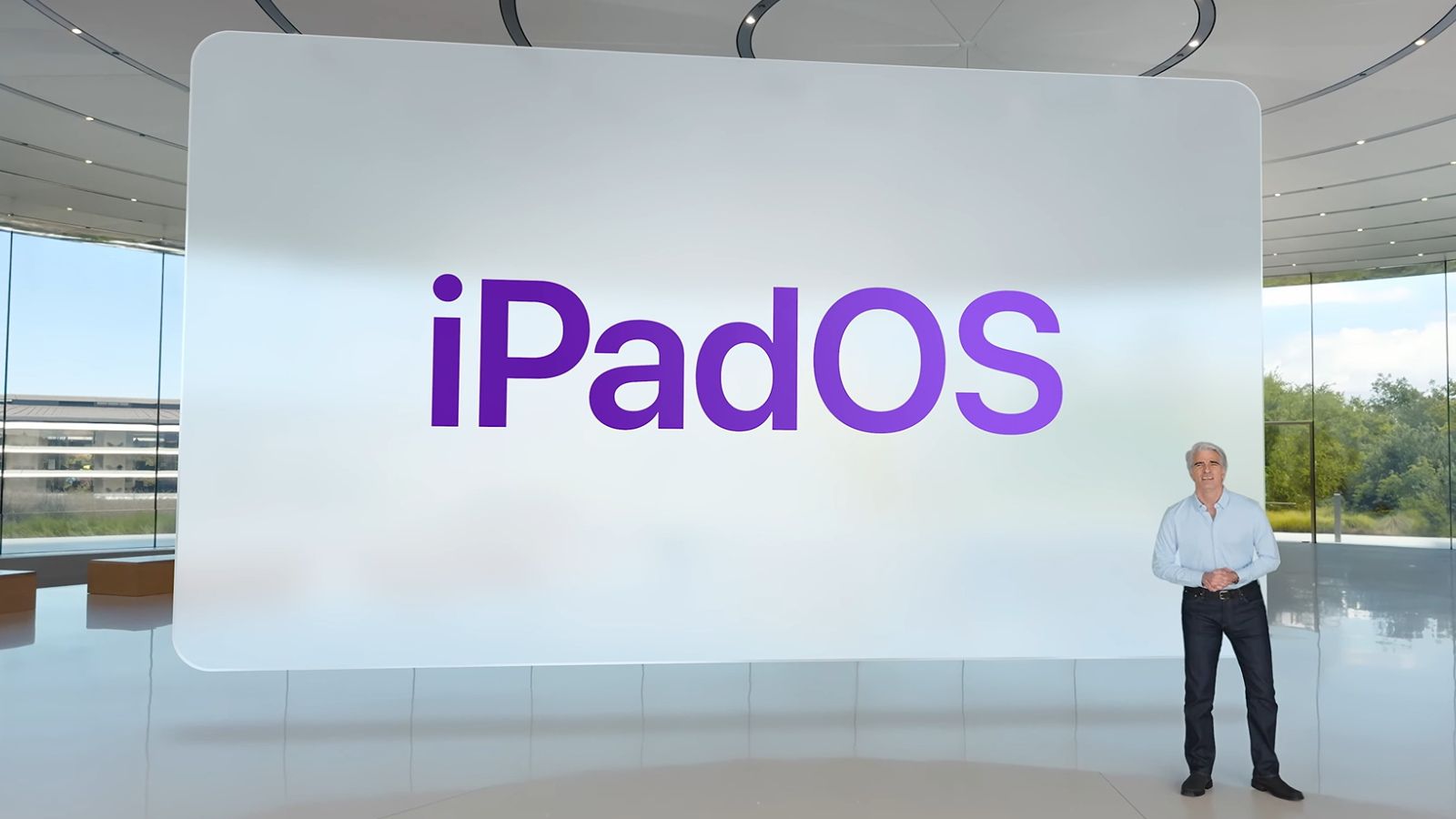
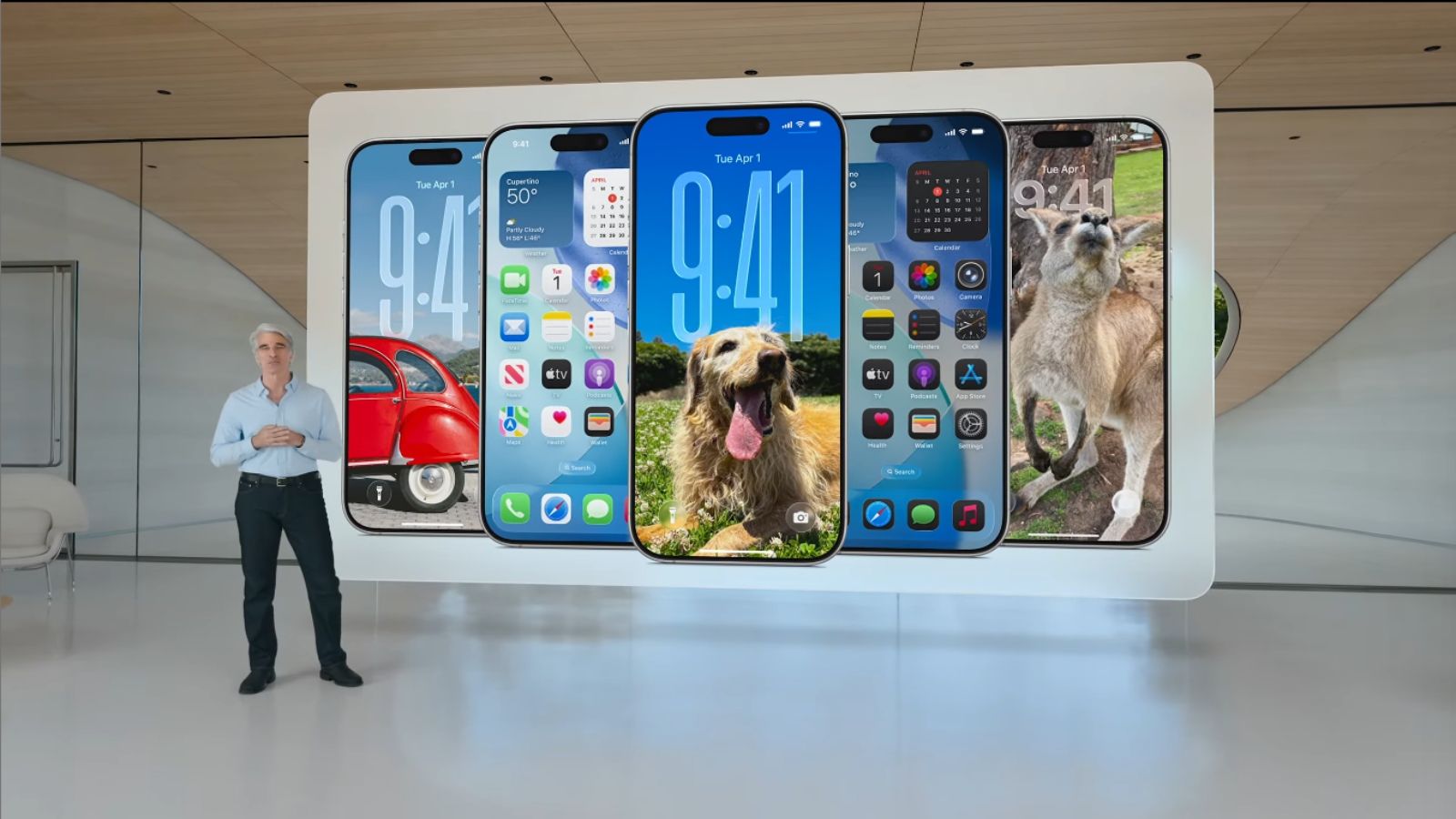

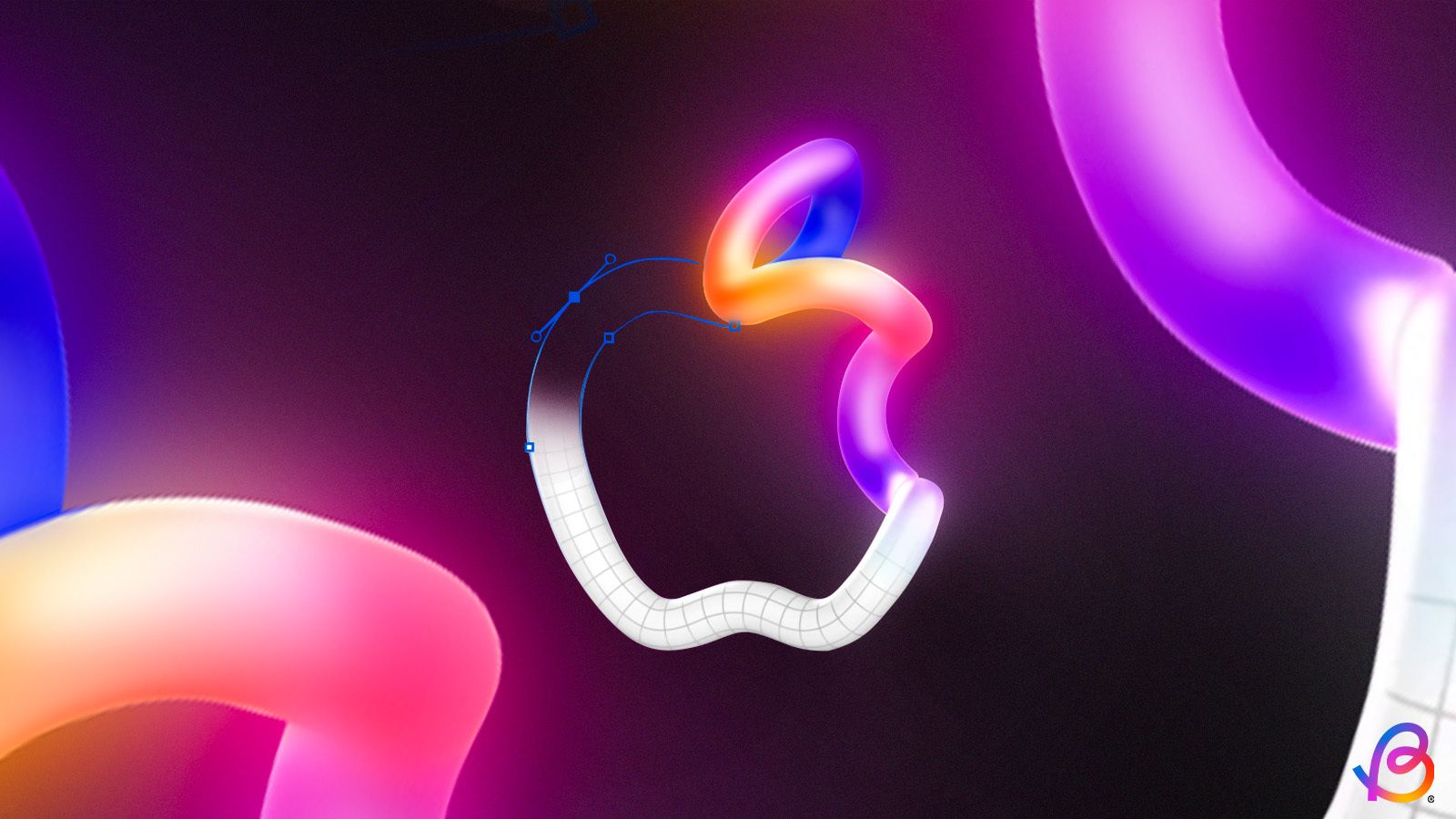
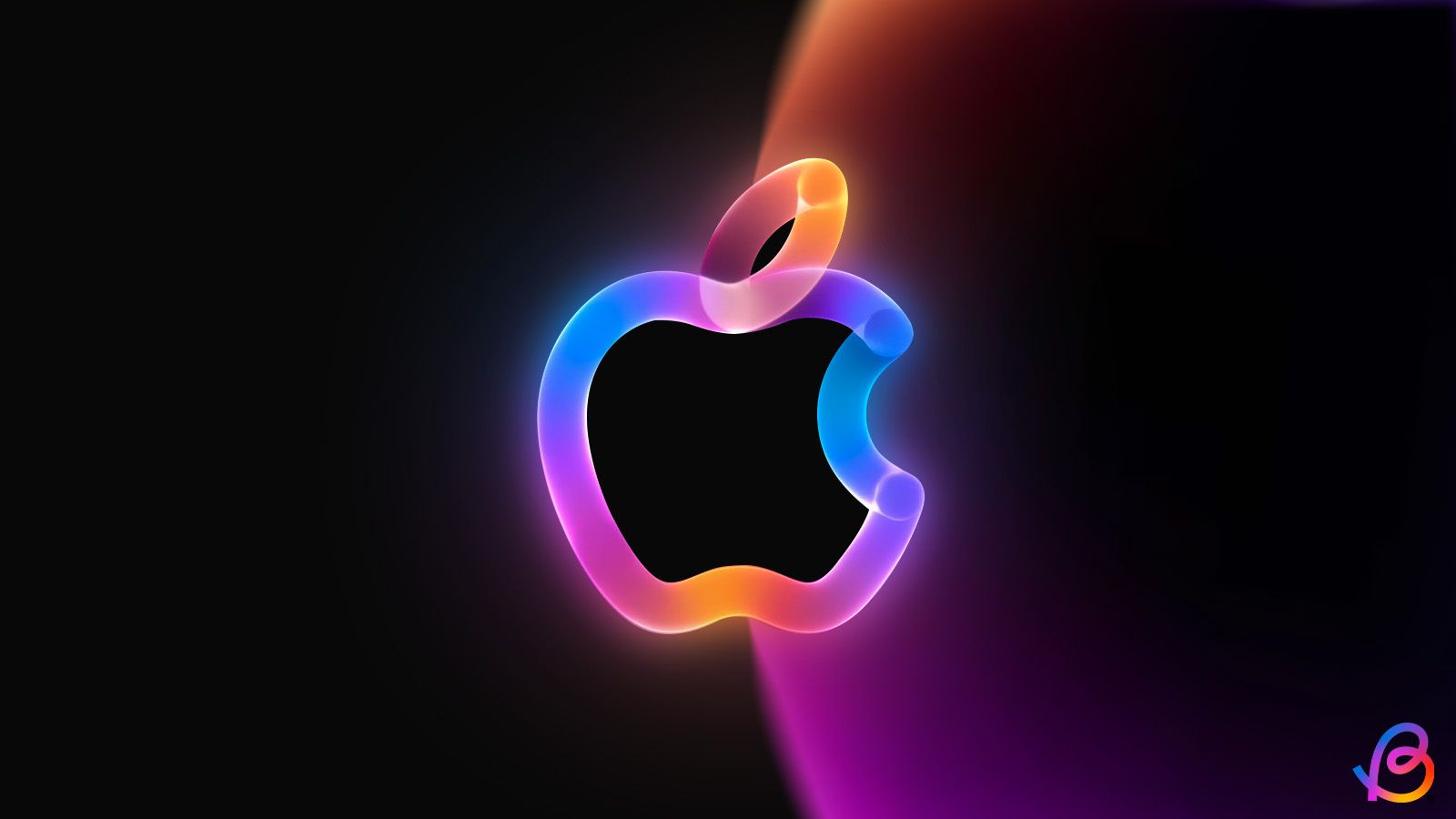

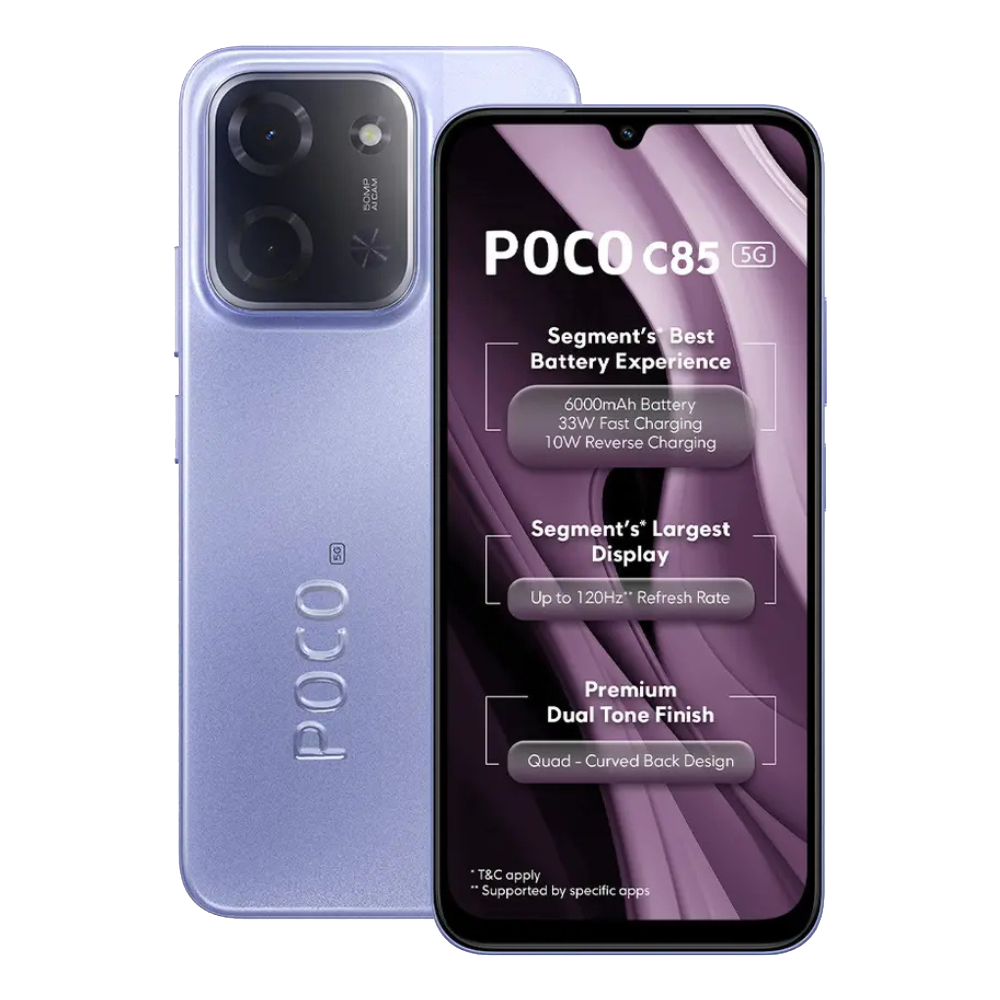


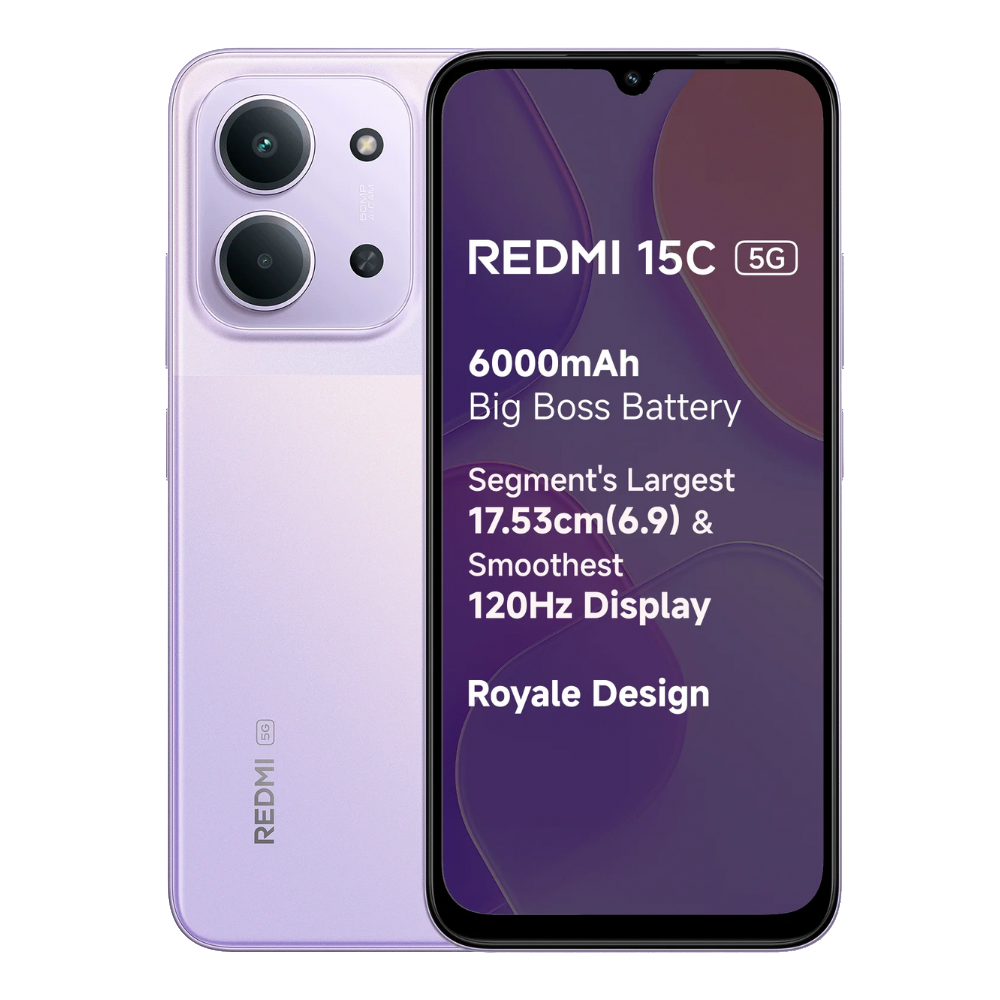

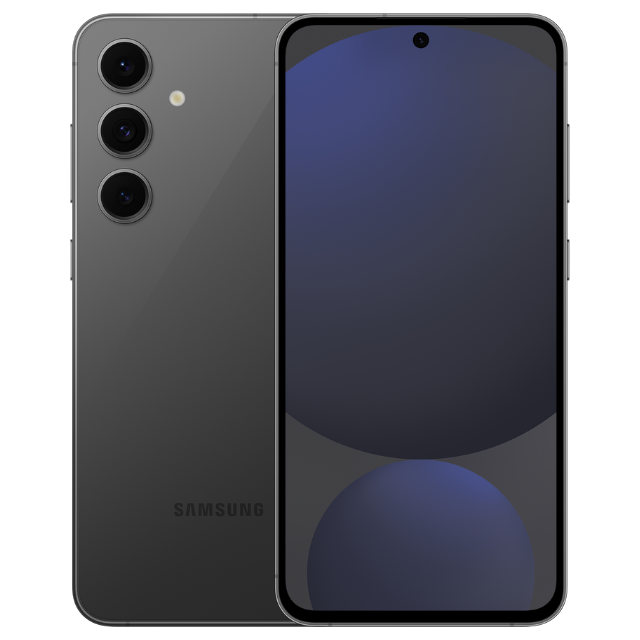
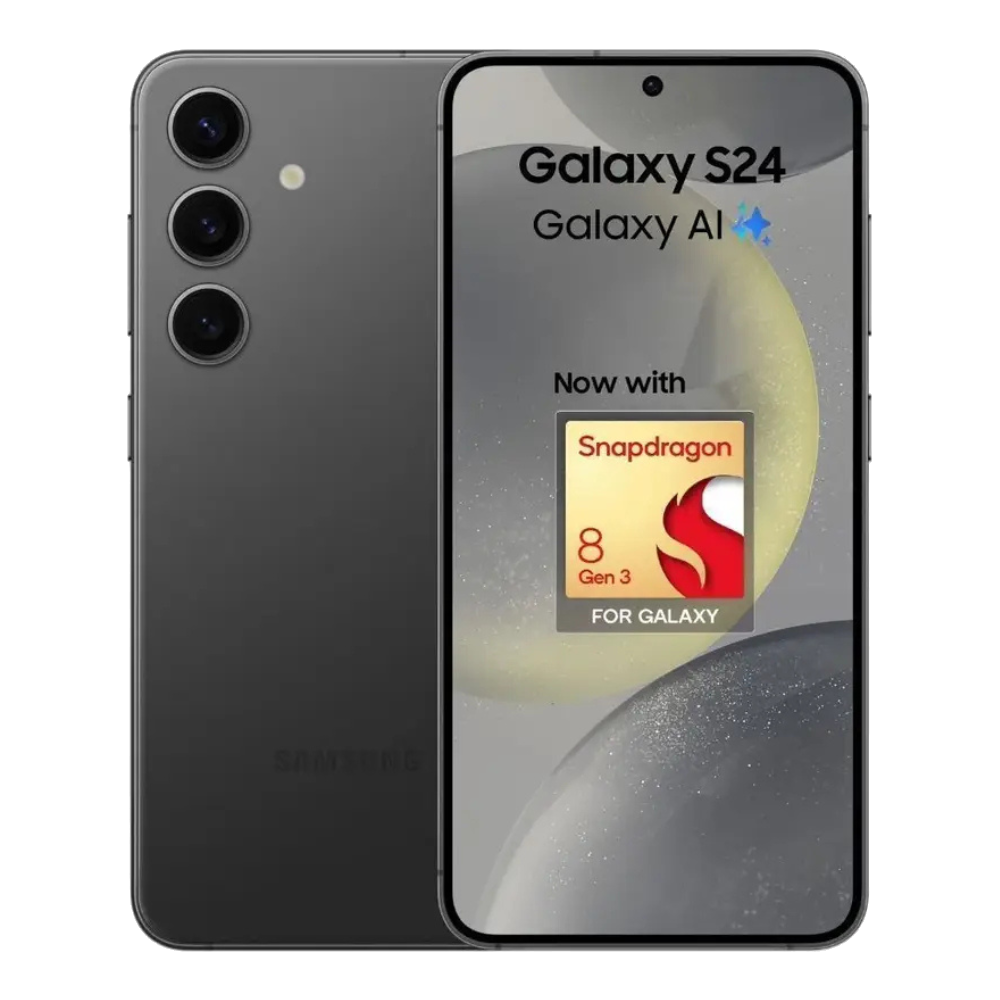



.png)

